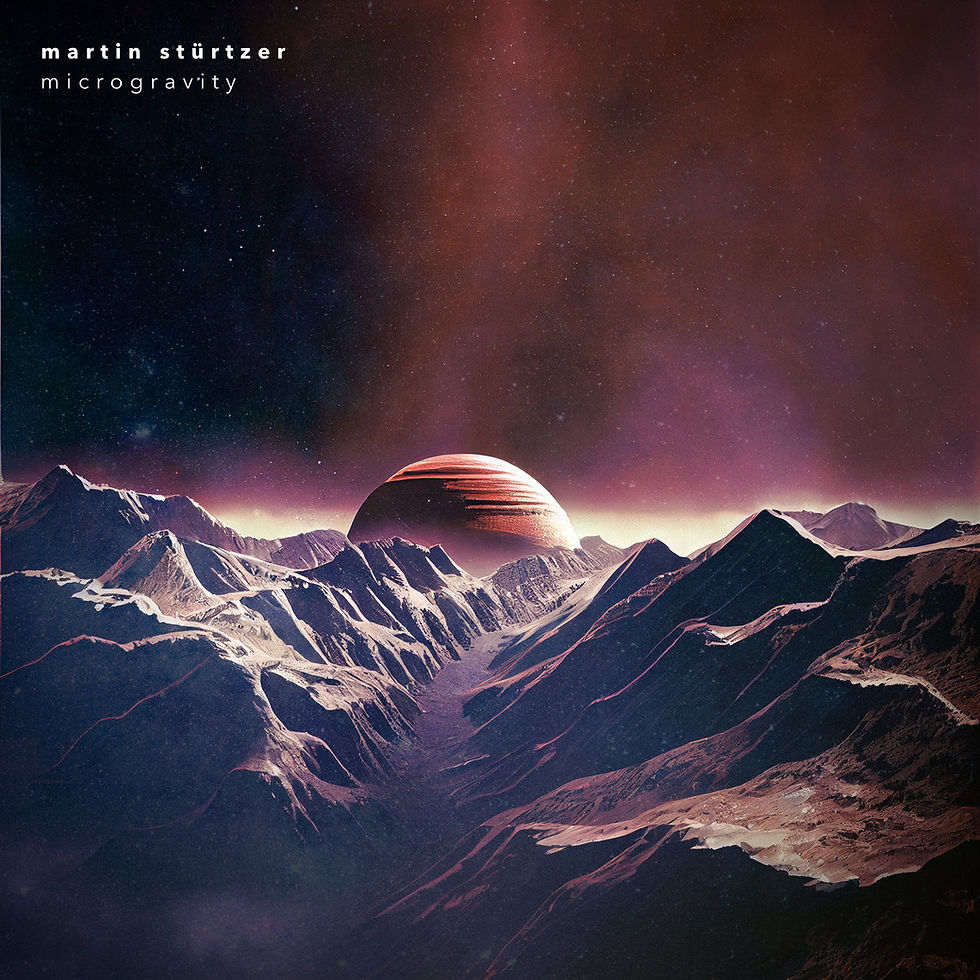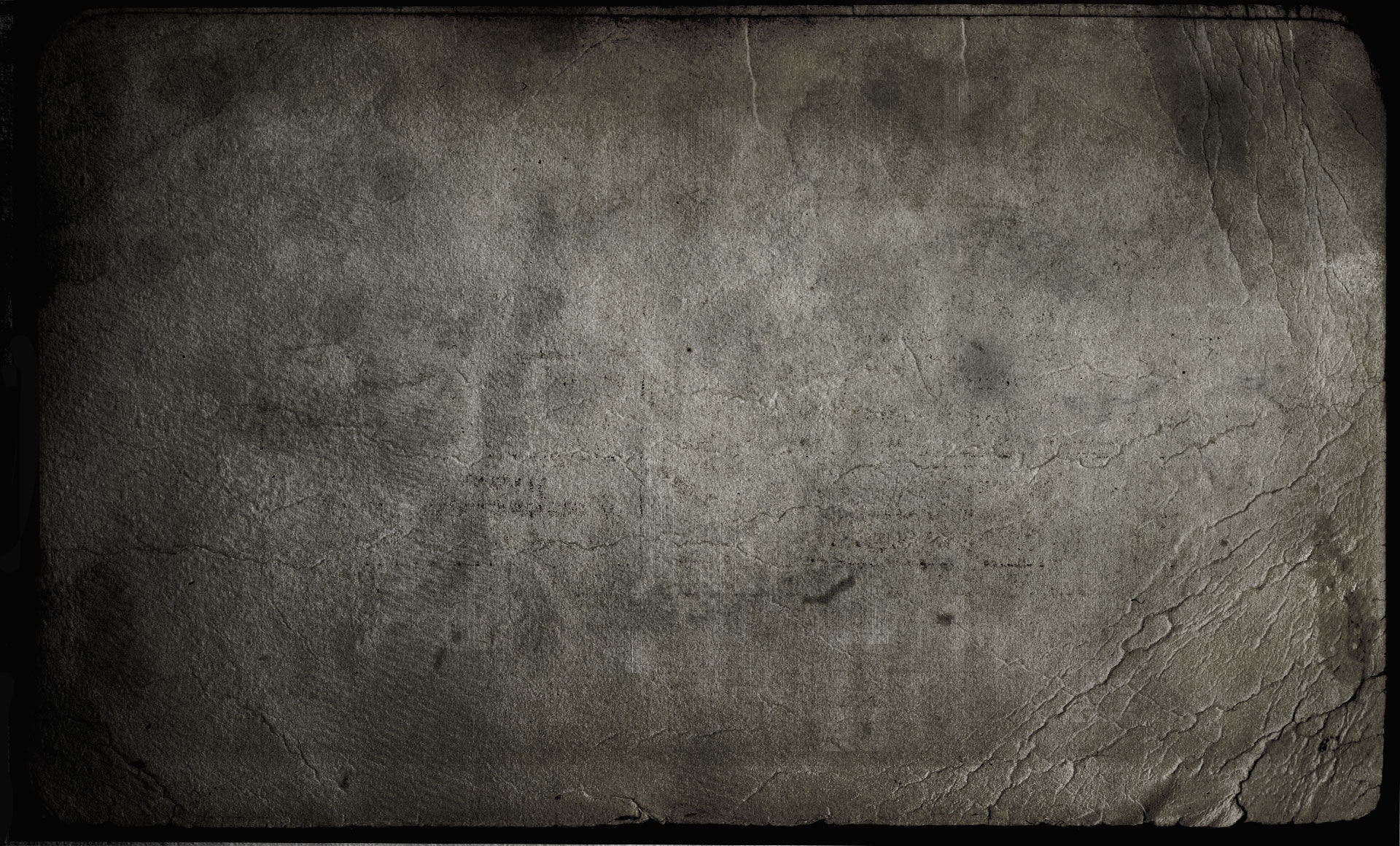Martin Stürtzer Microgravity (2022)
- Sylvain Lupari

- Jan 3, 2023
- 5 min read
“Ambient beats, cosmic rock and new Berlin School at their very best”

1 Exit Probe 7:18
2 Triode 7:22
3 Approaching 7:52
4 Descent 8:06
5 Microgravity 7:26
6 Resonance 7:14
7 System 5:34
8 Pollux Rising 6:52
(DDL 57:45) (V.F.) (Ambient beats, Cosmic rock, New Berlin School)
MICROGRAVITY is the very last album of Martin Stürtzer to be released in 2022. A prolific year if ever there was one! But the album is a reissue of a work first proposed by another project of the German synthesist entitled Thalaron. This album saw the light of day in the summer of 2017 and already proposes this change of direction of the Wuppertal-born musician who forsakes here his Dark Ambient nature, his visions of a tenebrous electronic music (EM) made by the piling up of sonic drones for an approach turned towards the New Berlin School and on cosmic electronic rock. It's the beginning of a new Martin Stürtzer with a precursory album in his career that explores the different probabilities of the sequencer by proposing 8 tracks conceived on evolving rhythmic axes with polyrhythmic textures that flirt with a lively EM, as with those delicious ambient rhythms that have become his musical signature over the last years.
After a big cloud of drones has dissipated, Exit Probe offers an ambient rhythm whose ascent remains in suspension. This first line of rhythm has a meditative rather than driving upward motion, even when the sequencer has fun varying the velocity of the rhythm. A more resonant shadow comes out of it to make 4 circular beats more cadenced. The fusion between these two elements gives the impression to accentuate a static flow in this environment where the horizons of the Cosmos try to charm this atmosphere which flirts with a music with more tenebrous ambiences. We are hooked from the first listening of Triode which shows the more psybient Electronica aspect of Martin Stürtzer with a rhythm clearly more catchy and too fluid to respect the beginnings of Berlin School, or even a cosmic rock. Series of 3 jerky pulses are linked by another isolated pulse, creating a driving rhythm with the organic tone of a gullet rattling its uvula. This flowing rhythm fires our neurons and activates our fingers to tap the arms of our chair in a sonic firmament filled with dark lifeless breezes and synth waves that stretch in filaments radiating of reverberations. We also get hooked right away when we hear the polyrhythmic structure of Approaching. The rhythm is the most lively of this MICROGRAVITY and proposes a series of bass sequences that leap with a rubbery texture to finely weld between them. The sequencer is very active here by elaborating 2 other rhythm lines that follow each other in an ascending movement where one cannot ignore a form of reminiscence in Chris Franke's art at the sequencer. The soundscape remains always rather dark with synth waves that roll like apocalyptic sirens. The synth will also shape another set of waves that roll in cadenced loops towards the finale of a track that is simply excellent. Descent lives on two sequencer movements whose tonal dichotomy is its most appealing aspect. One line of sequenced bass hammers out an ascending procession whose clear fluidity resonates over a blanket of murky, brassy synth breezes. The other line is a series of evanescent shimmers that make arpeggios sparkling rather than move, developing a blurred melodic approach that wanders into increasingly cavernous breezes from a murky synth texture. We remain in the liveliest segment of this album with its title track, which features a lively pulsating rhythm. Chaotic with an elastic effect in its texture, the rhythm of Microgravity hops and pulses in an elaborated arrhythmic vision with an attractive complexity with leaps that let heard a sound effect of mechanical breathlessness of the rhythmic process. It evolves with a slight accentuation in its flow due to these rubbery bass sequences that always accentuate a little more the effect of jumping. Here again, the soundscape is painted in abysmal colors with a dark backdrop and filaments that stretch out with growls.
Resonance is structured on the possible resonances of its rhythmic assets. It starts with 3 low pulsations that vibrate heavily in a zone where the synth spreads a dense cloud of orchestral haze. This first offering from the sequencer is very magnetizing and these metallic effects that slam into the vibratory winds of the pulsations bring us back to Tangerine Dream's White Eagle period, think of Mojave Plan. Everything follows logically, the rhythmic attributes arising from the resonance of the previous one. Thus, the sequencer activates another rhythm line a little before the 3rd minute. Shrouded in this metallic haze, the nature of the rhythm becomes difficult to identify with this other line of metronomic beats whose cadenced ticks have this gloomy personality that resounds like footsteps trying to flee in a zigzag pattern. From this new rhythmic entity comes another finely timed shadow that flashes between what has become an armada of rhythmic hoofs on an electronic pavement. I call this a great track built with a think logically! System also features this rhythmic canon structure that adds percussive elements at the tail end. The movement is very lively for the neurons and its main rhythmic axis thuds under a line of arpeggios that come and go in a harmonic vision, and with metronomic tinkles that amplify that vision. Two methodical beats in clear tonal sequences form the basis of Pollux Rising ambient rhythm. Their bouncy tinkles have a more accentuated cadence than that horde of arpeggios which have a more conservative timber that gambol nonchalantly, giving that perception of elasticity to that secondary rhythm line, in a structure awash with reverberating synth lines and effects that flirt with more certainty with murky psybient moods.
As far as I'm concerned, it's the 1st time I hear MICROGRAVITY. I specify it because the reissue of this album on the American label Synphaera Music, offered in a 24 BIT digital remaster, is made from the original recordings and offers a brand-new version of Approaching. So, I can't vouch for the difference versus the original 2017 version and this one. What I can say is that this is an excellent album that does the right balance between the ambient rhythms, usual in Martin Stürtzer's repertoire, and the more animated ones that flirt with the New Berlin School or a very tasty creative cosmic rock. Excellent from the first second of Exit Probe to the last one of Pollux Rising.
Sylvain Lupari (January 3rd, 2023) ****½*
Available at Synphaera Bandcamp
(NB: The text in blue are links you can click on)




Comments